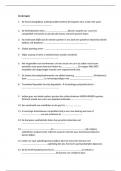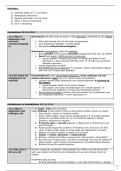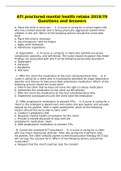Summary
microeconomics summary
- Course
- Institution
- Book
The summary includes information from microeconomics 1, which further addresses the following topics: 1. markets 2. market forces 3. consumers/demand 4. producers/supply 5. (in) efficient markets 6. costs In addition to the summary, the document also includes: a short formula list and cheat ...
[Show more]













